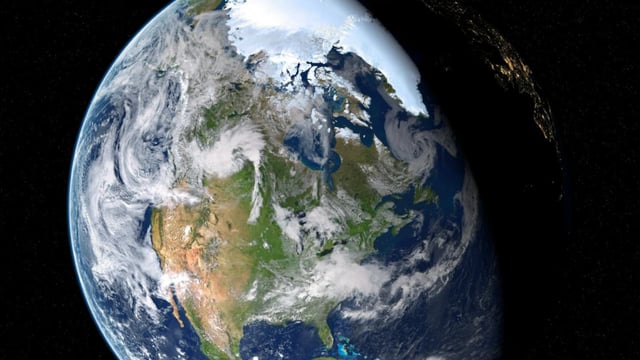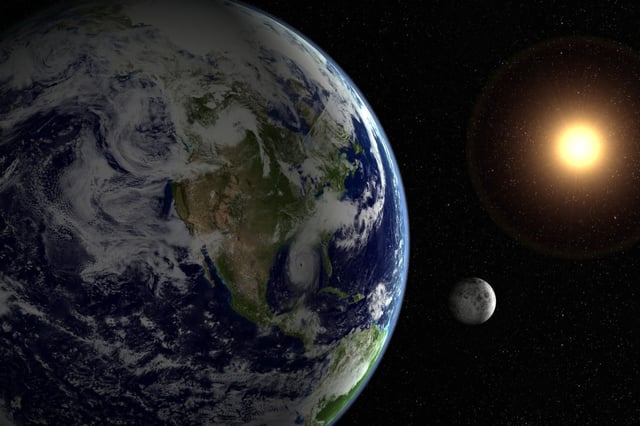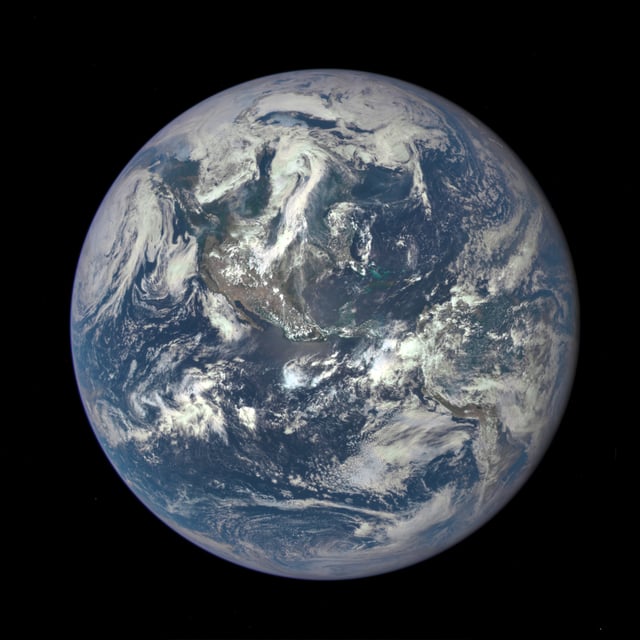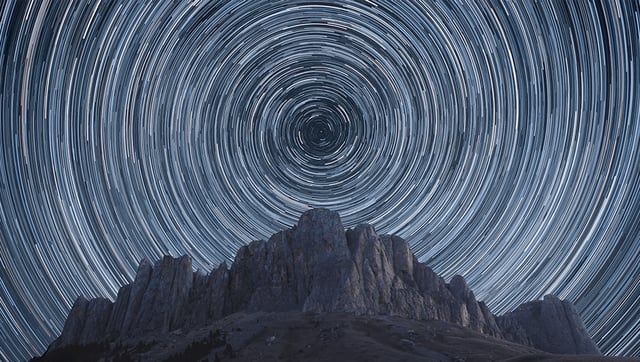Overview
- The International Earth Rotation and Reference Systems Service confirmed there will be no leap second in 2025 as Earth’s rotation continues to accelerate.
- Atomic clocks measured July 9 at 1.30 milliseconds shorter than the standard day and forecast July 22 and August 5 at 1.38 and 1.50 milliseconds shorter, marking a series of record-short days.
- This acceleration reverses the centuries-long trend of lunar-driven deceleration that added 27 leap seconds since 1972, with the last in December 2016.
- Researchers have yet to pinpoint a cause, as lunar orbital position, atmospheric shifts and core dynamics models cannot fully account for the surge in spin.
- Timekeepers are drafting protocols for the first negative leap second, expected by 2029, to realign atomic clock time with Earth’s rotation.



